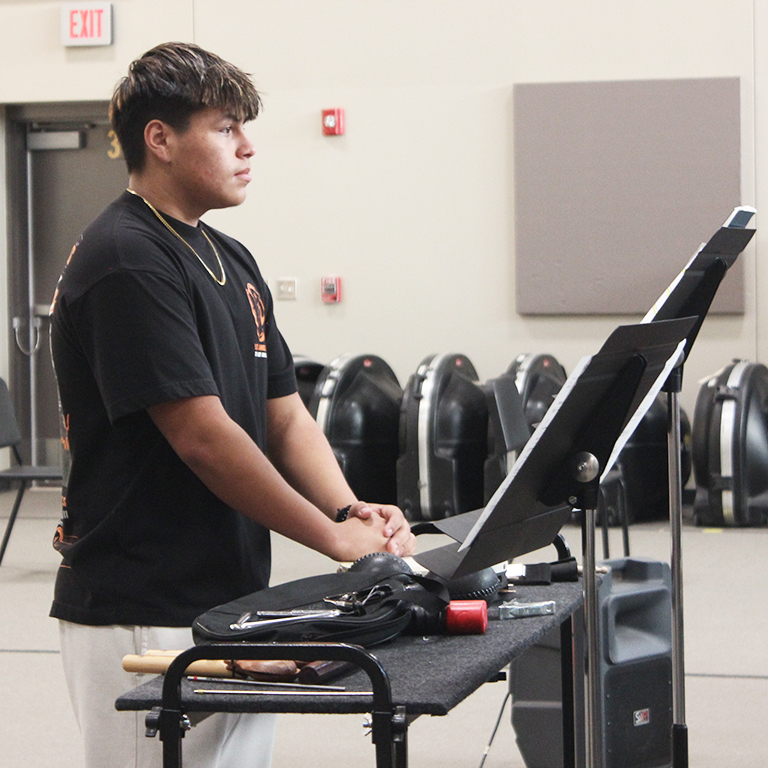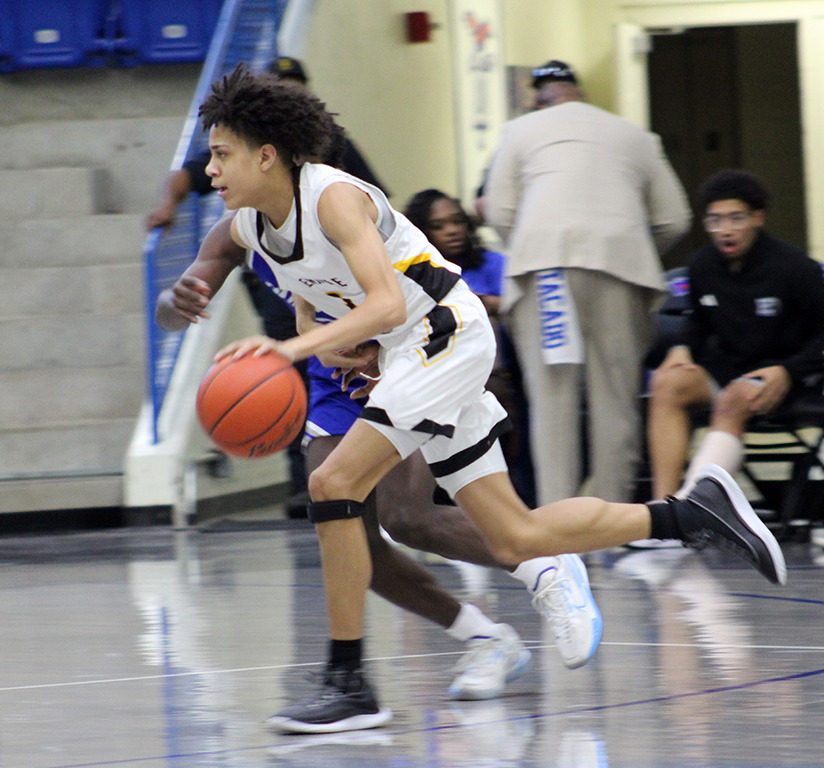OUR VIEW: Tailoring eating habits can make difference

artwork by Nicole Rodriguez
Although food is necessary to survive, it isn’t always completely beneficial. In this age of easily accessible, oversized portions, eating everything on the plate is not a necessity. While managing food may feel impossible when the easiest and most delicious things come cheapest, it’s not always vital to sacrifice the good stuff for health. It’s also important to remember to put health first, and to keep it foremost in the mind above weight or beauty.
Portion sizes have increased significantly in the last few decades simply because fast food and restaurants benefit from it. No matter what someone’s actual appetite at the beginning of the meal is, the diner will eat what he or she is given. If diners eat a lot regularly, their appetite increases, and their demand for more food is stronger. That means they’ll return to the restaurant more often, and the cycle will continue indefinitely. This problem requires people to take an active rather than passive view of their own health, and they must purposely fight against the subliminal messages sent by restaurants.
Diners can fight this subliminal message efficiently. Since there are usually two or more recommended servings in a single restaurant portion, only eat half of the meal and then ask for a box. Even better, ask for a box at the beginning of the meal and put away half of the food to begin. This method has been shown to cut calorie consumption by 30 percent because it is an effective way to be accountable and relieve temptation, especially if eating the whole plate is already a habit. Also, make sure to listen to the natural cues the body will give if it starts to get full. When food is consumed quickly, it’s easy to overeat before the body even realizes what’s happening. Eat more slowly, enjoy the food, and really think about whether it’s time to stop eating or not. The most effective way to avoid problem altogether is to eat at home as often as possible.
While these methods are great for maintaining health, it’s vital to remember that everybody needs to retain a certain number of calories in a day to keep the body functioning the way it’s supposed to, and eating too few can be at least as damaging as eating too many. Almost half of all teenage girls have used unhealthy means of weight loss like purging, using laxatives, or skipping meals. Anorexia is the third most common chronic illness among adolescents. If an eating disorder is damaging someone’s health, contact a parent or a trusted teacher or counselor. Multiple helplines and informational websites exist to help for struggling with anorexia, and they are a simple google search away. If a friend is suffering from an eating disorder, encourage him or her to find help. Stay supportive but do not fight with them or place any sort of blame on them. Talk to an adult, like a counselor, if necessary.
With all the healthy eating cautions these days, eating may feel more stressful than enjoyable. That doesn’t have to be true; however, as long as people have a willingness to take their health into their own hands. The situation is significantly more complicated in the case of an eating disorder, which can do irreparable damage to health. The best method of dealing with it is to get outside help from someone who has the training to help.




























